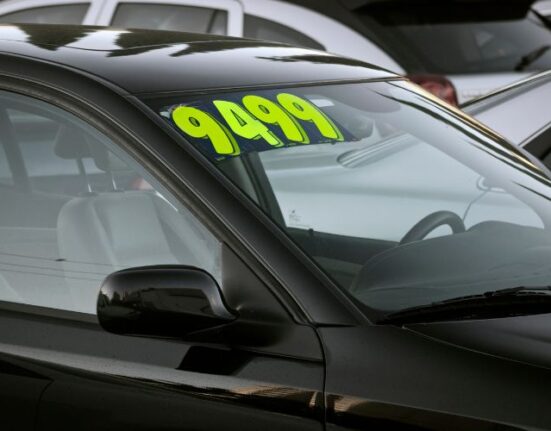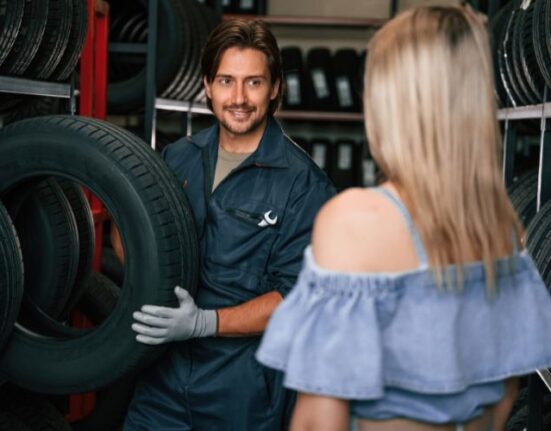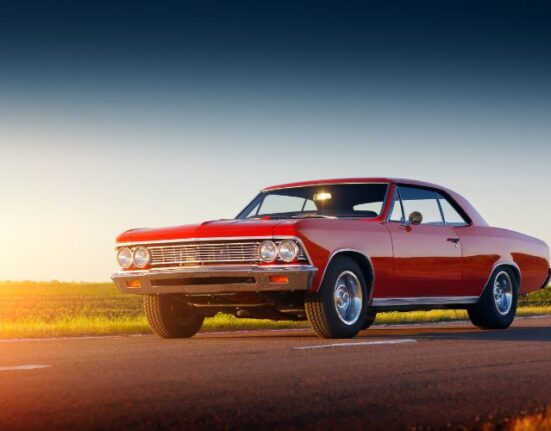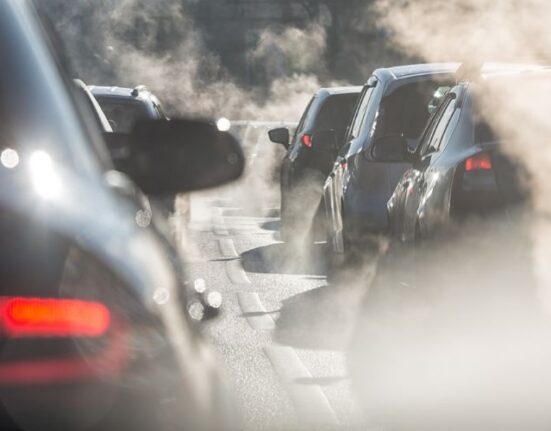- CUPRA puts the e-Racer to the test in extreme conditions on the ski slopes of Andorra
- 20mm higher suspensions and tires with 420 studs each to drive on snow and ice
- Cold weather is the best ally of the electric system as it cools the batteries
The countdown for the debut of the CUPRA e-Racer, the first 100% electric racing touring car in the World, in the new ETCR championship has begun. The Spanish brand’s race team is working non-stop on the development of this electric race, putting it through a constant series of tests under the most gruelling conditions. This winter, driver Jordi Gené and the team of engineers led by Xavi Serra took the e-Racer to the limit on the snow and ice of Andorra’s ski slopes.
What was the challenge like to adapt the car to low temperatures?
J.G.: It was actually quite easy. The key to electric cars is temperature management. We demand a lot of power from the engine, but the batteries run hot, not the motor. As we were working in very cold conditions, the low temperature had more than enough of a cooling effect on the batteries.
X.S.: One of the biggest challenges is how to manage recharging times, as the e-Racer is equipped with a 450 kilo battery that is equivalent to 9,000 mobile phones all connected at the same time. Its energy source consists in a total of 23 panels, each with 264 cells. When the batteries discharge you have to wait until they cool down before recharging them efficiently. Thanks to the cold, the process is much quicker.
What modifications were made to the e-Racer to adapt it to these conditions?
X.S.: The CUPRA e-Racer’s natural habitat is the asphalt track, and we had to adapt it to snow. The car needed more ground clearance because the driving surface is so different. In this case, we raised it by 20mm and the result was astonishing. We gathered very interesting information that can be applied to improvements on the car, bearing in mind that it is made for the asphalt.
Did you notice a difference in tyre grip?
J.G.: The difference is enormous and you feel it right away. Besides raising the car, we also had to change the tyres so they had grip on frozen surfaces. We couldn’t use slicks, which are suited to racing on asphalt. We put about 420 studs on each wheel and the car drove perfectly.
What other challenges are involved in driving on snow?
X.S.: As the temperature was so low, a lot of snow built up and froze on the undercarriage. The driving surface was 10 cm thick, which was actually ice with a thin layer of snow. Every afternoon, during one of the recharging stops, we had to remove the ice from under the car to lower its weight. It was all part of the preventive maintenance we did.
How would you describe the car’s performance after this test?
X.S.: We’re deeply impressed with how well the car adapted. It was a real high achiever. Although we designed it for the asphalt, we’ve learned that it adapts well to all of the challenges we put it through. It was never developed to drive on snow, but it responded very well.
J.G.: This kind of test is very important for the development of the e-Racer. Electrification is moving at breakneck speed. For this project, which we’ve already spent a year on, we’ve adapted a lot of things that we already knew, but we’re finding out many others as we work on the car. The car’s performance surprised us in a good way, since it was very easy to handle and fun at the same time. Testing systems like the traction control in extreme situations gave us a lot of useful information to continue developing the e-Racer.
Are you ready for the new race series?
X.S.: This vehicle generates a lot of energy and we’re working to harness it in the most effective way and obtain the best lap times. The goal is to be the fastest and the first to cross the finish line in 2020, when we compete in the new ETCR race series for the first time. The aim is to demonstrate that the CUPRA e-Racer is a serious player for efficient, clean and environmentally friendly racing.
















